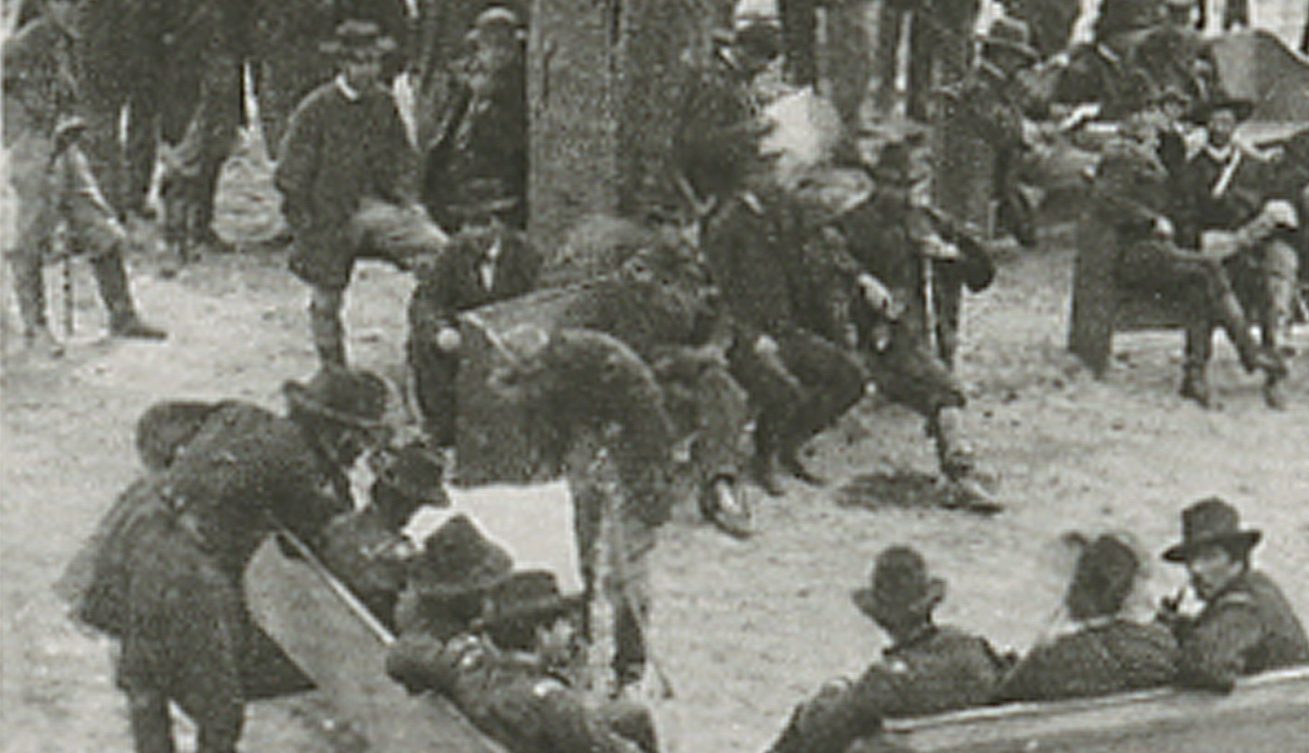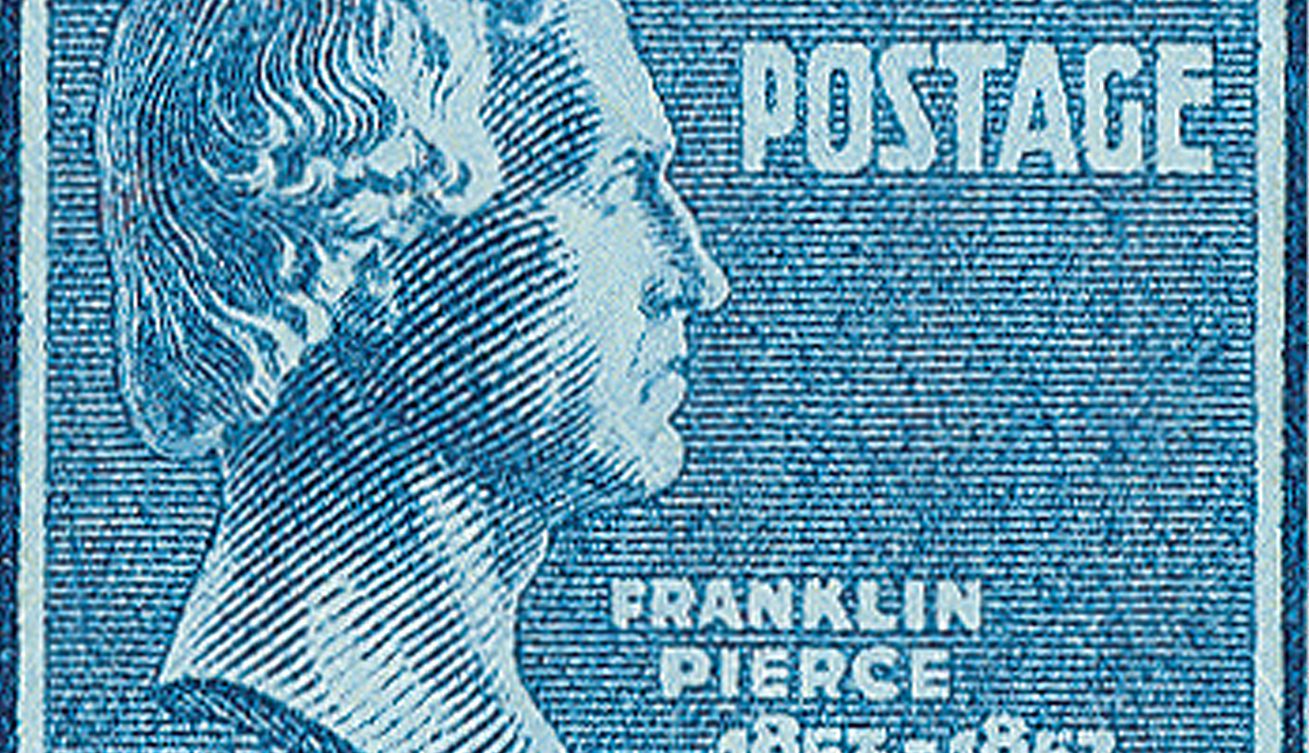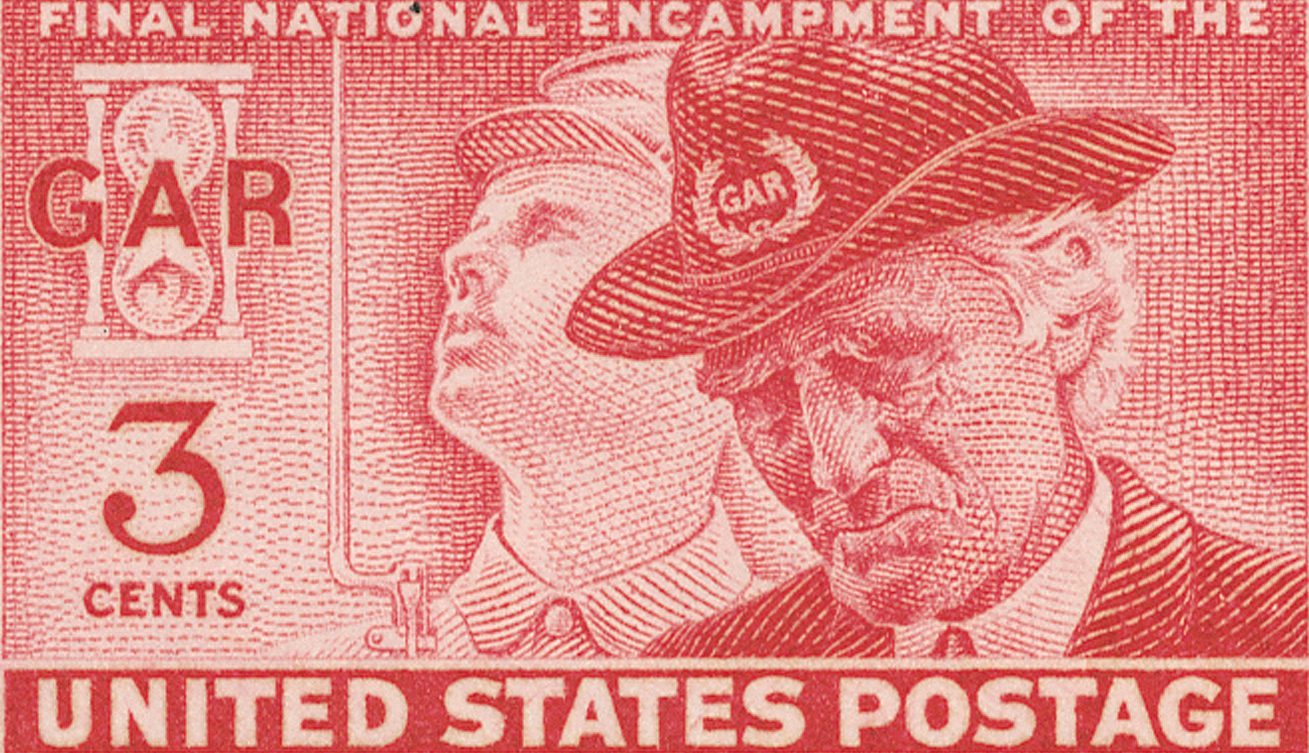Death of Timothy O’Sullivan
Timothy H. O’Sullivan died from tuberculosis on January 14, 1882. He was a well-known photographer who captured the brutality of the Civil War and the untamed beauty of the Western United States.
Happy Holidays! Enjoy a FREE 2026 Stamp Calendar With Purchases of $100 or More. While Supplies Last

Timothy H. O’Sullivan died from tuberculosis on January 14, 1882. He was a well-known photographer who captured the brutality of the Civil War and the untamed beauty of the Western United States.

On January 13, 1865, Union forces launched the Second Battle of Fort Fisher. The fort, dubbed the “Gibraltar of the Confederacy,” was the largest in the South and key to Confederate international trade.

On January 12, 1953, Cape Hatteras became America’s first national seashore. Stretched over 70 miles of barrier islands, this seashore is a fascinating combination of natural and cultural resources.

George Dewey was born in Montpelier, Vermont, on December 26, 1837. A hero of the Civil War and Spanish-American War, he was the first, and to date only, person promoted to Admiral of the Navy.

On December 14, 1819, Alabama was admitted to the Union as the 22nd state.

Stand Watie was born on December 12, 1806, in Oothcaloga, Cherokee Nation (present-day Calhoun, Georgia). Watie was the only Native American to achieve the rank of general during the Civil War and was the last Confederate general to surrender.

America’s 14th president, Franklin Pierce, was born in Hillsborough, New Hampshire, on November 23, 1804. Despite his early popularity, Pierce only served one term due to his poor handling of the growing slavery issue.

On October 30, 1629, the Carolina Province was named, and plans were made for early settlement. That settlement would be delayed for many years, but the name was retained.

The Civil War Battle of Ball’s Bluff was fought in Loudoun County, Virginia on October 21, 1861. Though a minor battle and loss for the Union, it had some long-lasting effects on the war and some interesting historical connections.